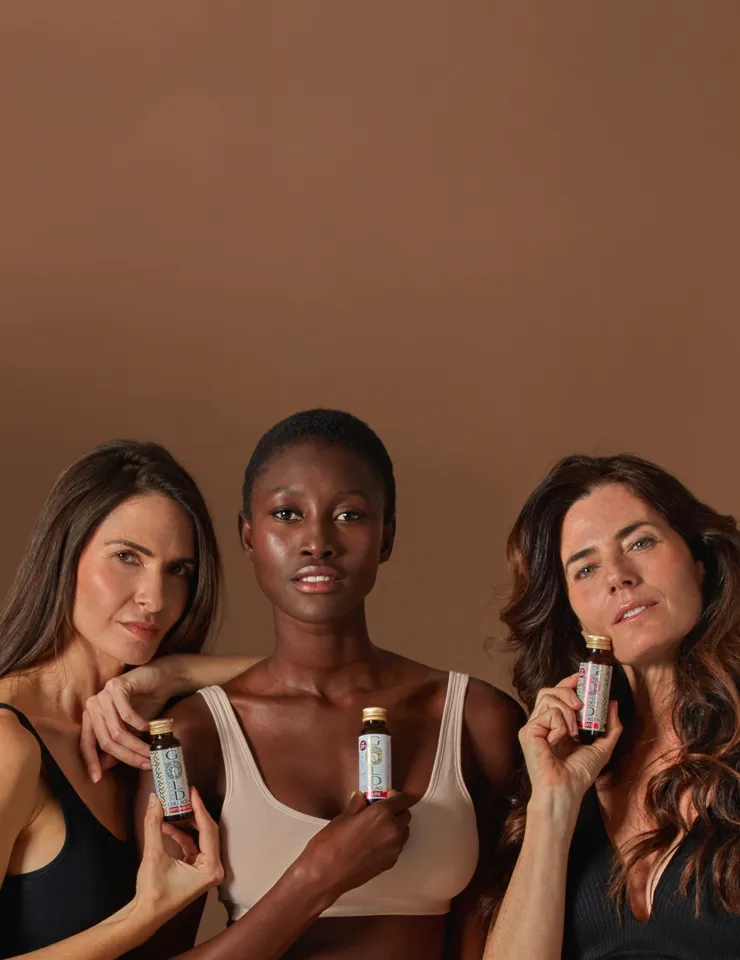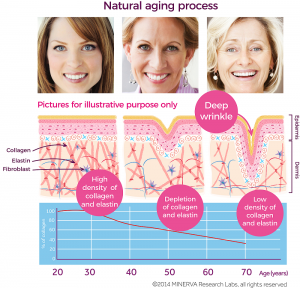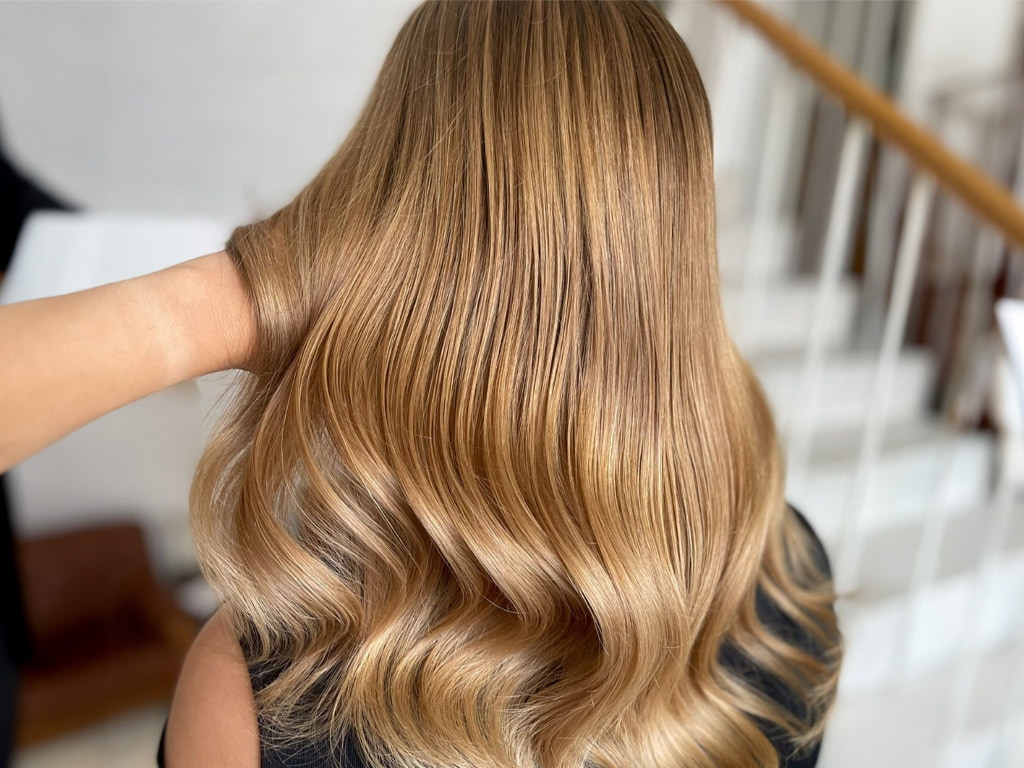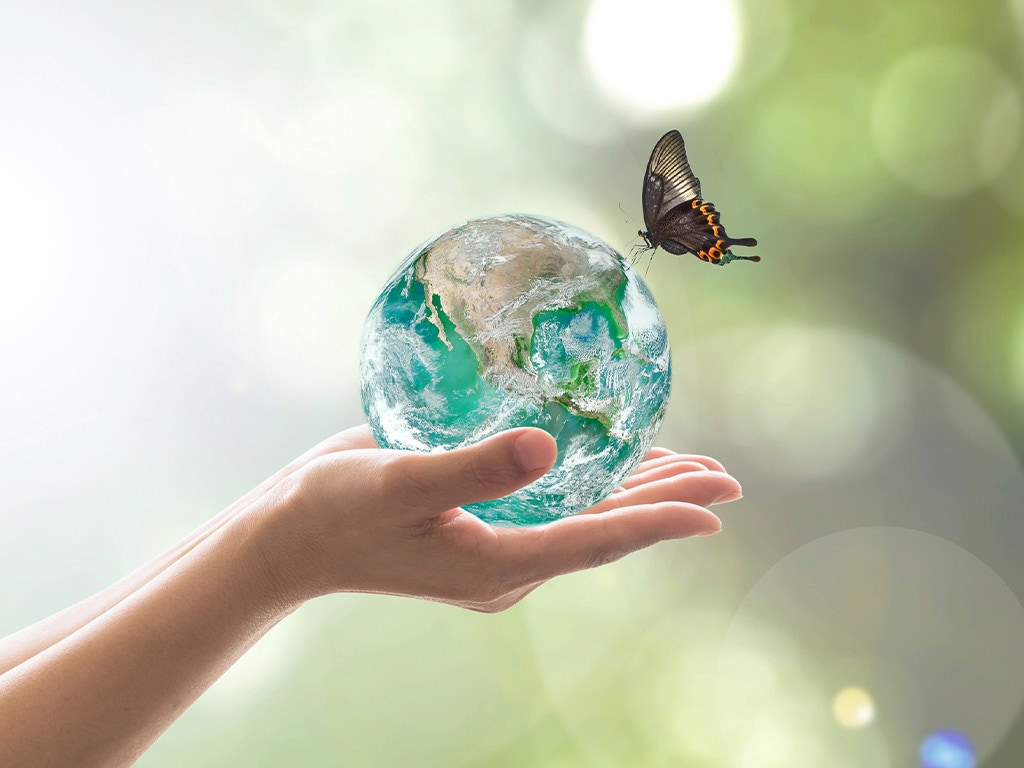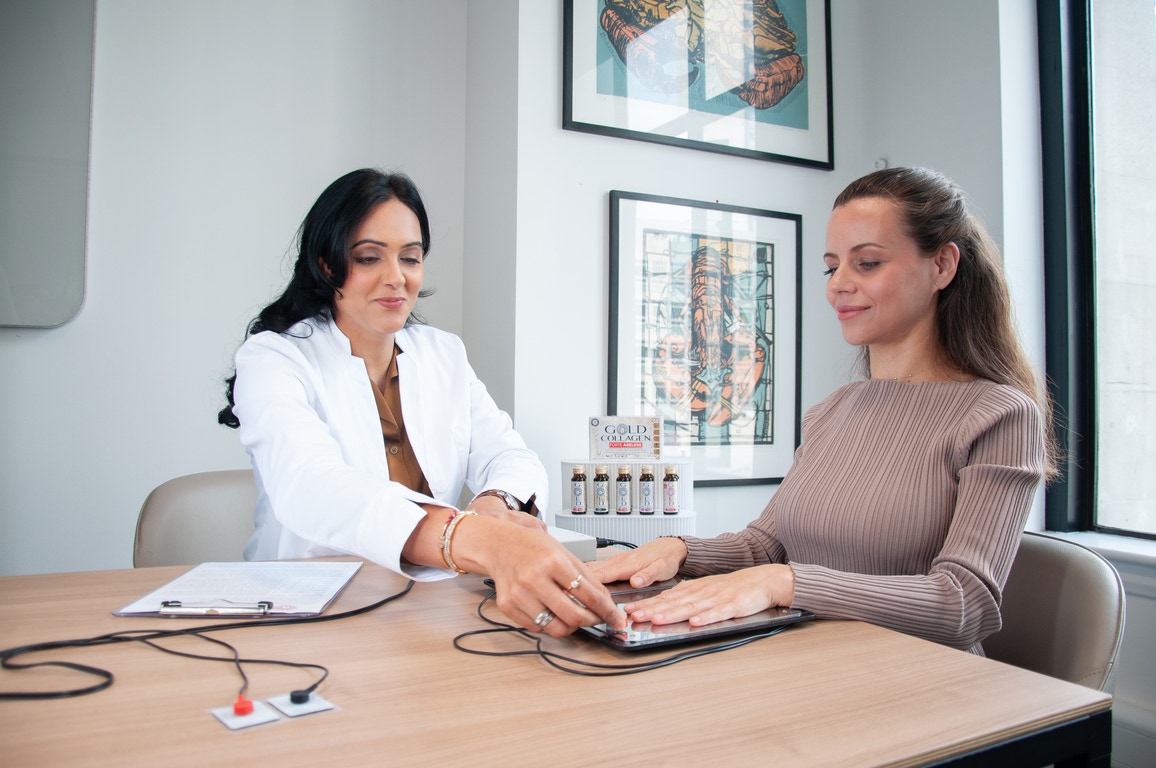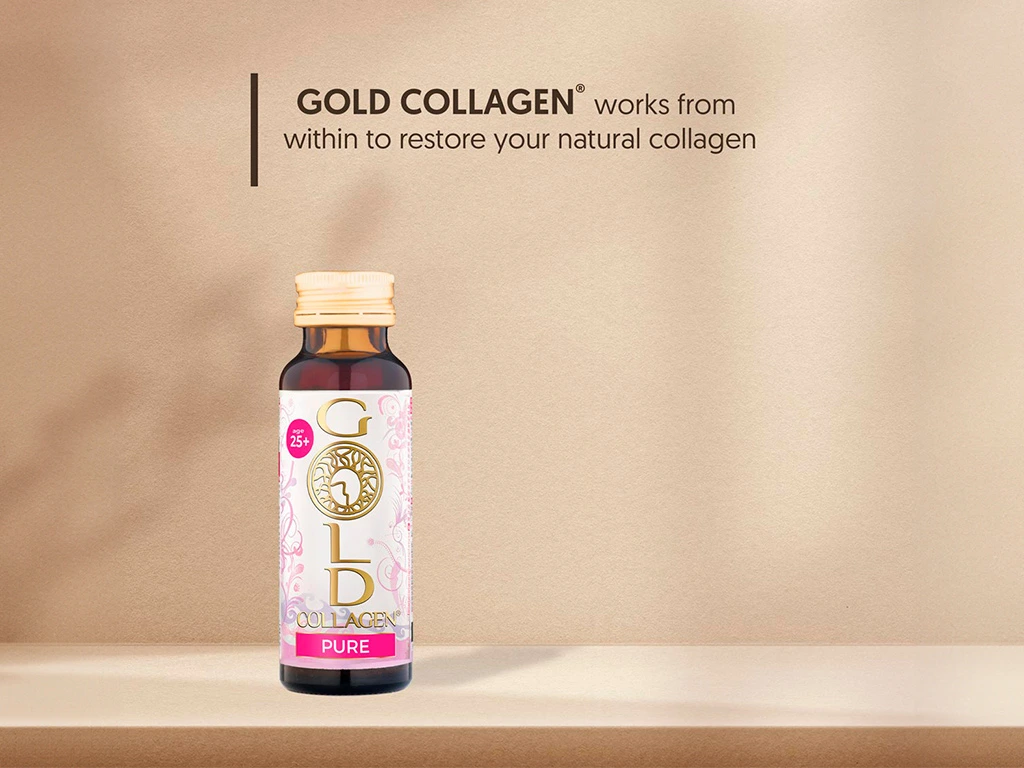Wrinkles and What’s Behind Them – Dr. Martin Godfrey
-
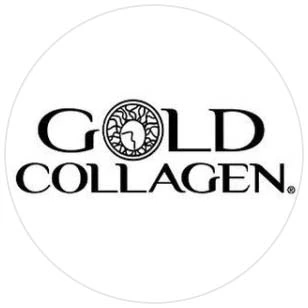 GOLD COLLAGEN
GOLD COLLAGEN - Nutrition And Beauty
- October 31, 2016
Wrinkles! No-one wants them, many spend much of their lives trying to avoid them, but like death and taxes they seem frustratingly inevitable. Eventually as we move into later life, our past excesses, stresses and strains somehow get etched onto our faces like a biological bar code. Read our wrinkles and understand the story of our lives!
But why do they appear in the first place? Why does our skin seem to change as we get older? And what can we do to prevent this?
The answers are to be found deep below our skin’s surface, in the dermis, the living layer of cells and connective tissues that generate the outer, visible epidermis. Look at a young child, a baby and feel their skin. It is silky soft, smooth and incredibly elastic. That’s because it’s full of healthy collagen, the so-called scaffolding of our skin, and elastin, the protein that gives that spring-back when we pinch it. Up to the age of around 18 – 80% of our skin is made up of these two vital components – as a result there is not a wrinkle in sight.
But sadly, life is about change and skin, like all biological constructs, begins to alter. As we move into our 20’s and beyond, we lose about 1.5% of our collagen every year. This is partly due to the natural, unavoidable ageing process, and external factors. Pollution, dehydration, smoking and perhaps most of all, the effects of the sun, challenge our skin 24 hours a day. Just 20 minutes exposure to strong sunlight, with no protection, will cause significant damage to our collagen; breaking it down into disorganised fragments that can no longer support the smooth skin surface. Over the years the cells that top up our collagen levels, fibroblasts, lose their ability to repair the damage and our skin literally begins to subside. As a result deeper crevasses develop and fine lines slowly morph into deep grooves and our wrinkles take shape.
So what’s the answer? Well nothing will stop us ageing, but we can slow down collagen degradation by both avoiding, and protecting ourselves, from those toxic external factors such as the sun and air pollution. We can also treat existing wrinkling and prevent future wrinkles developing by nourishing the dermis and its precious fibroblasts. Good hydration is as important as a balanced diet containing lots of anti-oxidants, which break down the toxins produced by those external damaging agents. Helping to maintain high collagen levels in the skin is also now understood to be vital. Oral hydrolysed collagen, particularly in liquid form, is an important new way to pamper your fibroblasts and keep them pumping out the collagen. Keep these collagen creators healthy and you’re on a smoother path to a healthy, less wrinkled future!
The lines on our faces are a showcase to our past lives.
Dr. Martin Godfrey
Further reading:
- WebMD:23 Ways to Reduce Wrinkles: http://www.webmd.com/beauty/features/23-ways-to-reduce-wrinkles#1
- Wrinkles (Diseases and Conditions): http://www.mayoclinic.org/diseases-conditions/wrinkles/basics/definition/con-20029887
